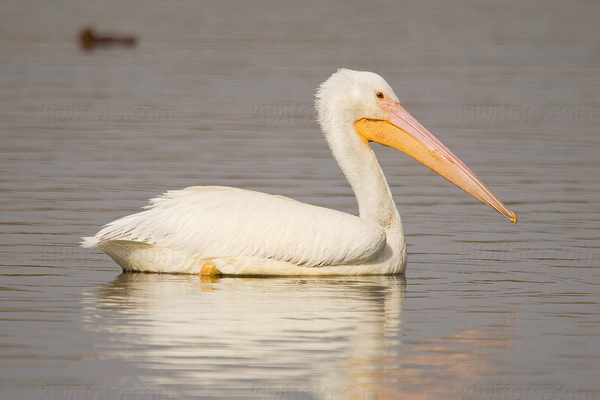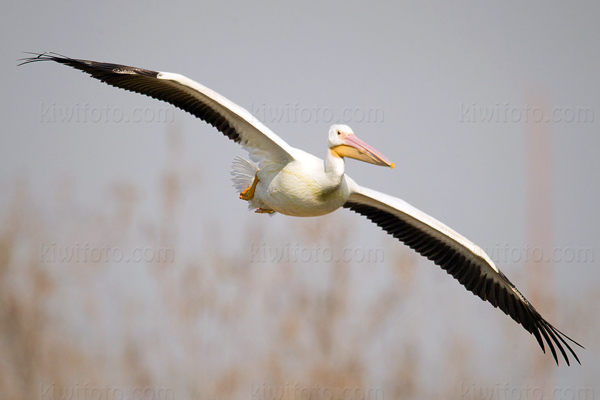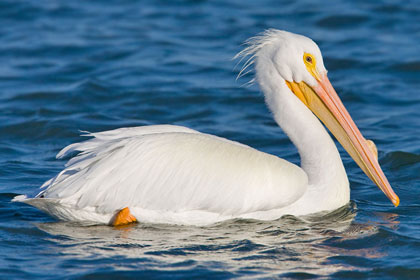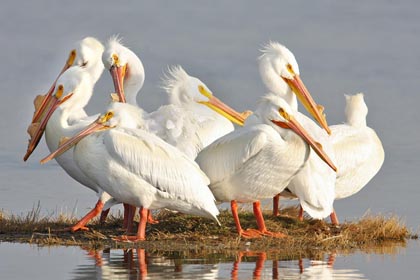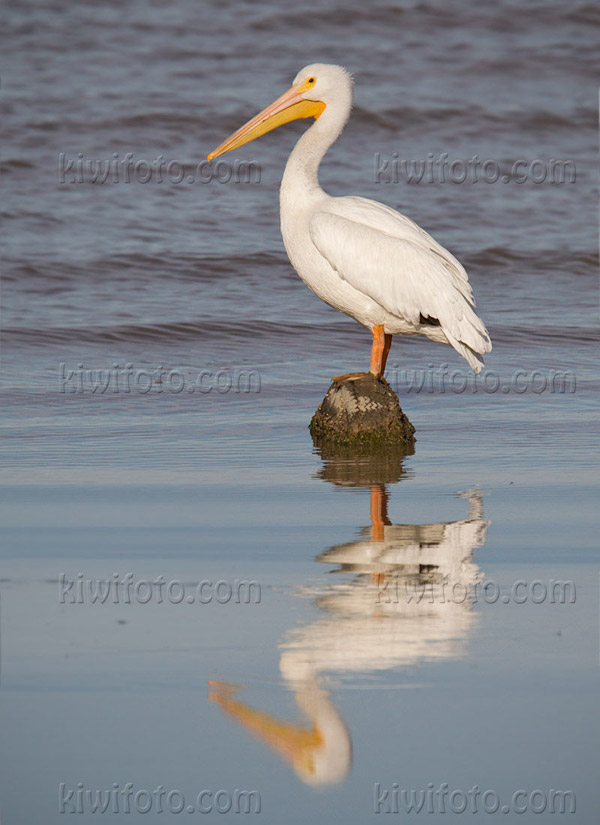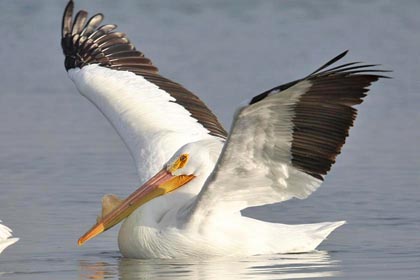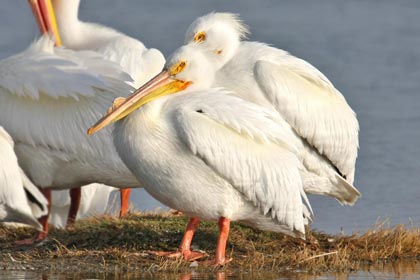GALLERIES > BIRDS > PELECANIFORMES > PELECANIDAE > AMERICAN WHITE PELICAN [Pelecanus erythrorhynchos] [plot on map]
Location: Ballona Freshwater Marsh, CAGPS: 34.0N, -118.4W, elev=5' MAP Date: January 29, 2019 ID : B13K8073 [4896 x 3264]
|
|

|
Location: Ballona Freshwater Marsh, CAGPS: 34.0N, -118.4W, elev=5' MAP Date: January 29, 2019 ID : B13K8043 [4896 x 3264]
|
|

|
Location: Goose Island State Park, TXGPS: 28.1N, -96.9W, elev=-1' MAP Date: February 1, 2009 ID : 7C2V4443 [3888 x 2592]
|
Location: Piute Ponds, CAGPS: 34.8N, -118.1W, elev=2,285' MAP Date: March 11, 2008 ID : 5869 [3888 x 2592]
|

|
Location: Salton Sea, CAGPS: 33.2N, -115.6W, elev=-232' MAP Date: November 23, 2010 ID : B13K4576 [4896 x 3264]
|
|

|
Location: Piute Ponds, CAGPS: 34.8N, -118.1W, elev=2,285' MAP Date: March 11, 2008 ID : 5871 [3888 x 2592]
|
Location: Piute Ponds, CAGPS: 34.8N, -118.1W, elev=2,285' MAP Date: March 11, 2008 ID : 5879 [3888 x 2592]
|

|
SPECIES INFO
The American White Pelican (Pelecanus erythrorhynchos) is a very large (50"–70") white bird with black wing tips and a long, wide orange bill. They have a wing span of approximately 3 m . They are graceful in flight, moving their wings in slow powerful strokes.
Unlike the Brown Pelican, the American White Pelican does not dive for its food. Instead it practices cooperative fishing. Each bird eats more than 4 pounds of fish a day, mostly carp, chubs, shiners, yellow perch, catfish, and jackfish.
White Pelicans nest in colonies of several hundred pairs on islands in remote brackish and freshwater lakes of inland North America. The most northerly nesting colony can be found on islands in the rapids of the Slave River between Fort Fitzgerald, Alberta and Fort Smith, Northwest Territories. About 10-20% of the population uses Gunnison Island in the Great Salt Lake as a nesting ground. The female lays 2 or 3 eggs in a shallow depression on the ground. Both parents incubate.
They winter in central California and along the Pacific coast of Guatemala; also along the shores of the Gulf of Mexico.
Shooting by poachers is the largest known cause of mortality. Colonies are sensitive to disturbance and visits by humans can cause the pelicans to leave and abandon their nests.
This species is protected by the Migratory Bird Treaty Act of 1918. In California, it has the Department of Fish and Game protective status California Species of Special Concern (CSC).
The scientific name for this species combines Pelecanus, the Latin for pelican, with erythrorhynchos, derived from the Greek words erythros meaning red, and rhynchos meaning beak.
|
|

